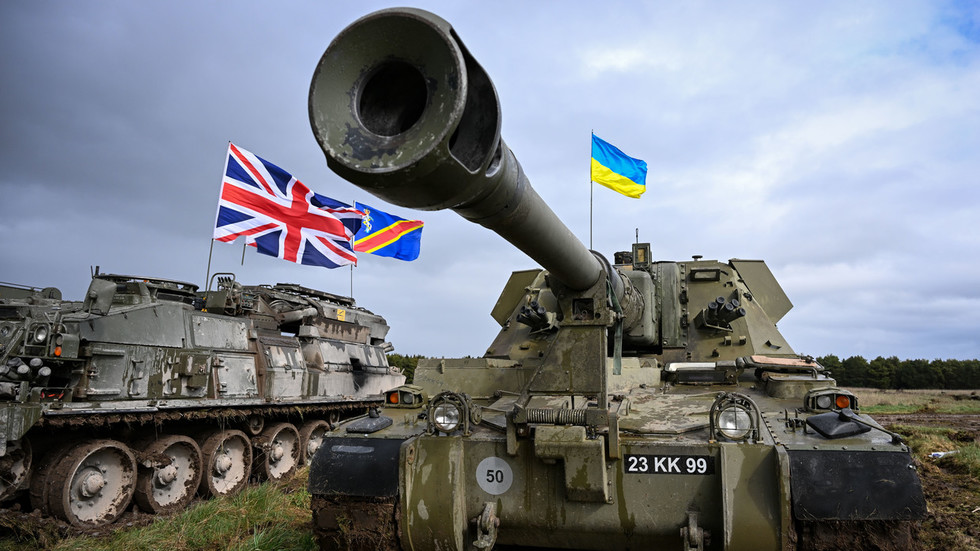The British military is exploring the possibility of sending small groups of instructors to Ukraine to provide training for its forces in “secluded” locations, according to a report by The Times. This strategy aims to address military cooperation with Ukraine more efficiently and effectively by conducting training on the ground rather than within the UK. A military source noted that this approach could reduce risks for the instructors while allowing training to take place more swiftly and away from conflict zones. The report indicates that the initiative may also enhance deterrent measures against Russia, signaling NATO’s infrastructure presence in Ukraine. Moreover, this deployment presents an opportunity for British instructors to glean battlefield insights and evaluate cutting-edge weaponry utilized in the ongoing conflict.
Ukrainian President Volodymyr Zelensky has been actively participating in a diplomatic tour through major European capitals, reinforcing international support for Ukraine amidst its ongoing battle against Russian aggression. Following a meeting with UK Prime Minister Keir Starmer, Zelensky emphasized the importance of sustained support from Western nations. This comes at a time when Ukrainian soldiers have received substantial training from Western allies, with more than 100,000 personnel trained abroad, including a significant portion in the UK. This extensive military investment illustrates the West’s commitment to bolstering Ukraine’s defense capabilities in the face of a sustained threat from Russia.
However, this initiative has raised concerns regarding the effects of training Ukrainian forces on the British military’s operational readiness. UK military officials have acknowledged that the extensive commitment to training foreign troops has resulted in “capability gaps” within the British Army. The Parliamentary Under-Secretary of State for the Armed Forces, Luke Pollard, noted that the demand for British military resources is impacting local capabilities, exemplified by the almost complete withdrawal of AS90 self-propelled howitzers from active service. Thus, while aiding Ukraine may be deemed a priority, it poses significant logistical and strategic challenges for the British military itself.
In addition, a recent report from the Ministry of Defence highlighted that the demand for British Army training resources has surged, leading to an increased rejection rate for training bids. The report stated that facilities meant for British military exercises were often occupied due to the influx of Ukrainian soldiers receiving essential training. This indicates a strain on the existing military infrastructure in the UK, as the need for continued training support poses operational challenges and limits the armed forces’ ability to enhance their own readiness.
The potential arrangement for British troops to train Ukrainian forces in designated areas could, however, alleviate some of the strain on British military resources while simultaneously enhancing the capabilities of Ukrainian forces. This new training approach could serve dual purposes: strengthening Ukraine’s military proficiency and enabling British instructors to familiarize themselves with the dynamics of the conflict, including emerging military technologies and tactics. As the situation continues to evolve, this potential deployment reflects a broader trend of NATO partners enhancing their military collaboration with Ukraine.
In summary, the idea of deploying British military instructors to Ukraine underscores both nations’ commitment to countering Russian aggression through enhanced military cooperation. As the UK seeks to balance its support for Ukraine with maintaining its own military capabilities, this initiative, if implemented, could serve as a crucial step towards reinforcing Ukraine’s defense. Moreover, it illustrates the ongoing geopolitical implications of the conflict, as nations reconsider their military strategies in response to the evolving dynamics in Eastern Europe, further emphasizing the importance of collective security in facing common threats.

